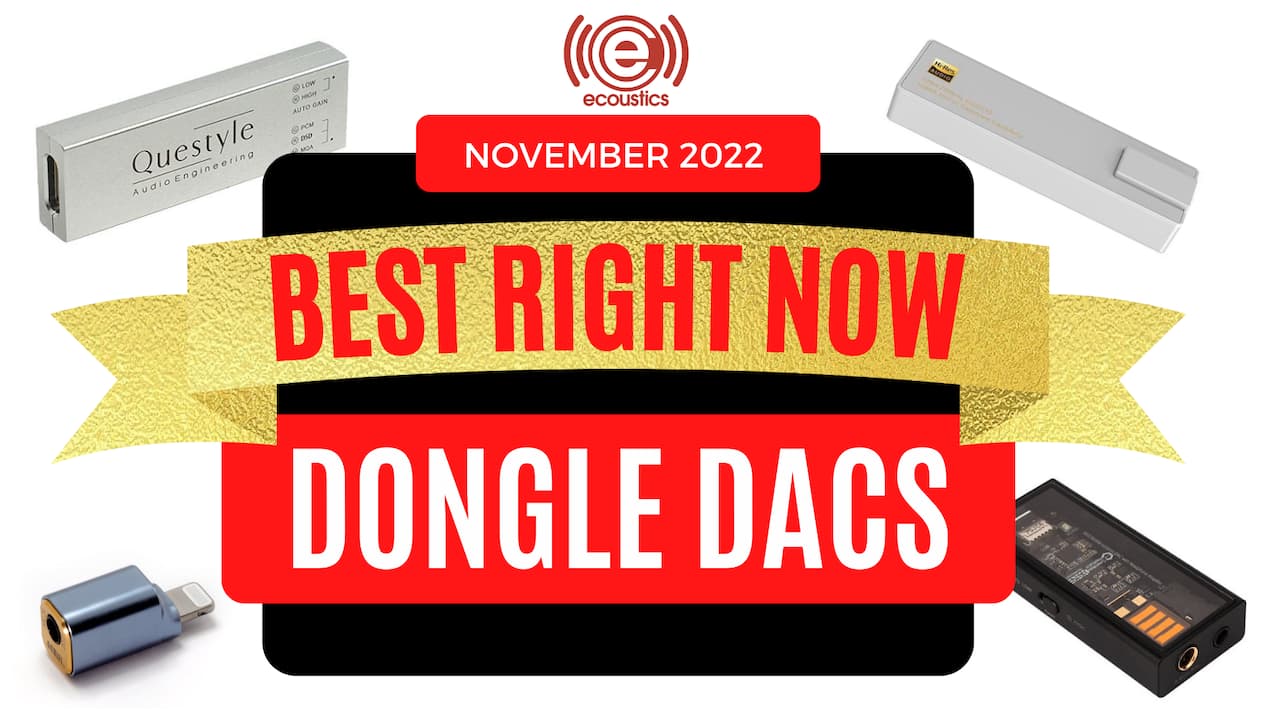A few weeks ago, we packed up the car for a quick (3.5 hours) trip up to Binghamton, New York so the entire family could see where our eldest is going to continue her college education this year.
It’s been a real journey for her over the past few years and we’re enormously proud of how she came out on the other side and managed to survive COVID-19 living on the family kibbutz outside of Haifa, and get accepted into two programs at SUNY-Binghamton. No small feat in these trying times for any kid.
My eldest is the artist in the family; she’s already had 3 successful art shows in New Jersey and Israel and her room is adorned with dozens of framed illustrations, mixed media, and paintings that express her love of pop culture, literature, animals, and music.
She’s also my only kid who really cares about music. The other two rejected my offer of a free pair of Sonos One SL wireless speakers if they simply cleared the table twice a week. I would have cleaned the toilets in 1983 had my parents offered something that great. My eldest actually cares when I get a new review sample and already has a pair of Audioengine A2+ speakers and a U-Turn Audio Orbit+ turntable to take with her to college.
Spotify is her music streaming platform of choice and she has a growing collection of IEMs that she has liberated from my office desk. It was only natural to offer her the Periodic Audio Rhodium DAC and Nickel Amplifier once I’m done with them. She’ll actually use them around campus and be the best free billboard Periodic Audio could ever ask for.
Dongle DACs are all the rage in 2021 and it’s a good sign that most of the people considering them are not traditional audiophiles. I have 9 on my desk right now and it almost feels right to invest in a travel case for them at this point.
I’m the proud owner of a hand-me-down iMac from 2018 now that my wife decided to invest in the new M1-powered iMac for her business, and it has taken up a permanent spot on my office desk. The AudioQuest DragonFly Cobalt, Helm Bolt, and THX Onyx get swapped quite frequently during reviews.
Periodic Rhodium

If your Android phone or tablet doesn’t have a 3.5mm output, the Rhodium provides a 3-2bit/384kHz DAC & amplifier output stage for your wired headphones.
iOS devices aren’t well supported; Periodic have confirmed that a 4th gen iPad, running iOS 14.3 works, but most iOS devices would require use of the Apple Camera adapter, and even then, your success is not guaranteed.
It did work with my iPhone 6S (no laughing) and the Apple Lightning to USB Camera adapter. The Periodic Audio Rhodium DAC is $49.95.
Specifications
| PERFORMANCE | |
|---|---|
| Frequency Response | 2 Hz to 192 kHz, +0/-3 dB |
| Dynamic Range | 113 dB |
| SNR | 108 dB A wt. |
| THD | Less than 0.007% |
| Output Power | 31 mW @ 32 Ohms |
| Current Consumption | 23 mA @ 1 mW output |
Periodic Audio Nickel Amplifier

The Nickel offers 250 mW – a quarter of a watt – per channel into 32 ohms. Nearly double that into 16 or 8 ohms, which is more than enough power for just about any headphone out there. There is also 6.5 dB of gain, it’s a good bump up in level – without crushing the volume range of your phone.
The nickel is very easy to use; plug it in to turn on, unplug to turn off. It can deliver hours and hours of play time, and mere minutes to recharge. Easily 8 hours of too-loud-to-listen output from a good set of IEMs and only 30 minutes to charge. One of the cool features it that you can charge it while you’re listening.
The Nickel is small like a 9 volt battery. There are a pair of 3.5mm headphone jacks and a micro USB jack for charging.
The Periodic Audio Nickel is small enough to miss on a cluttered desk. Its output is impossible to miss because it’s more robust than you can possibly imagine for such a small headphone amplifier.
The cables included with the Nickel are TRRS – it will pass microphone input from your headphones to the phone, which is a rare feature in headphone amplifiers.
There is also no volume control on the amplifier; your source device provides that function.
Sound
Both the Rhodium and Nickel share a similar tonal balance and slightly forward presentation. Clarity is fantastic but I would steer clear of headphones that are already extremely neutral sounding and for detail freaks. Warmer sounding headphones like the HiFiMan Sundara and Meze Audio 99 Classics are a good choice here.
Headphones and IEMs that are slightly laid back sounding will also be a good match for both products; pacing is excellent and I was quite surprised by the level of control in the bass. The Nickel is especially good at conveying space and almost every genre of music benefits from its ability to convey dynamic shifts in the music.
The treble is actually quite clean sounding without a lot of extra emphasis but I still prefer them with darker sounding headphones and high impedance IEMs that are slightly rolled off on top.
The Nickel is 100% for older devices that still offer a 3.5mm output and users who don’t want to add a Dongle DAC and a mess of adapters and cables.
The Rhodium is for the hi-res crowd who want better sound quality from Spotify, Tidal, or Qobuz from their smartphone; Apple users are still stuck using the lightning to USB adapter which royally sucks at this point.
The $49.00 Periodic Audio Rhodium DAC is a steal for the money. The Rhodium Nickel is $299.00 USD and not without a lot of competition from a plethora of Dongle DACs that offer a lot more features and comparable sound quality.
For more information:

































Chad
August 4, 2021 at 1:49 pm
I’ve fallen under the spell of the Periodic Audio Rhodium DAC. I go to it more often then not. I even bought a second one for my desktop speakers Eclipse TD speakers, preferring it to the internal DAC of the speaker. It has such a natural sound that is addictive. My other similar product is a Dragonfly Red. The Red just isn’t as natural and misses the essence of music found in the Periodic Rhodium. My $.02
Ian White
August 4, 2021 at 2:07 pm
Chad,
I would concur. I did not expect it to be as good as it is. Especially for the price.
Ian White